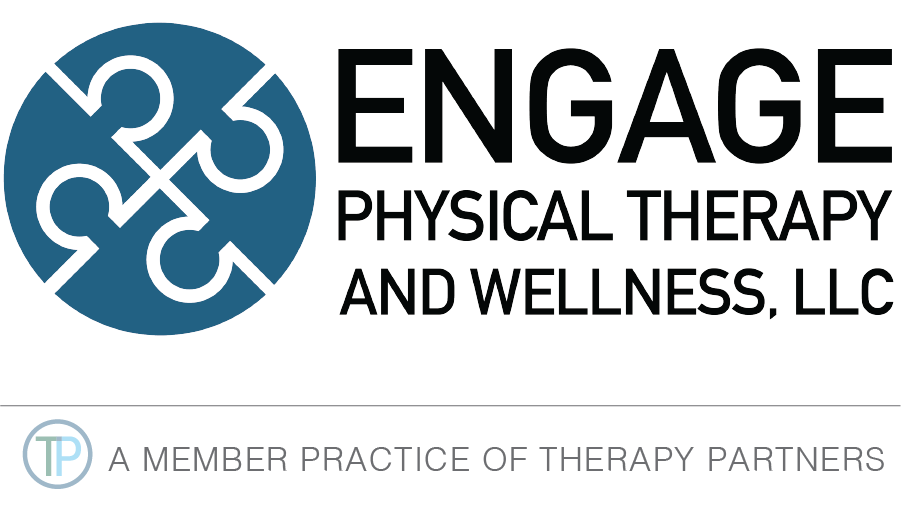To Stretch or Not to Stretch?
Regular stretching can be effective for increasing or maintaining the range of motion of a joint or limb. Stretching is also frequently promoted as an integral part of any exercise session to improve performance, prevent injuries and reduce delayed onset muscle soreness. Research is mixed on suporting stretching to improve performance or for reducing injuries and delayed onset muscle soreness. In fact, there has been some discussion that static stretching leads to an acute loss of strength and power, also known as stretch induced strength loss.
There are several different types of stretching, static, dynamic, ballistic and neuromuscular facilitation type stretching are those that have been most studied. Static stretching involves lengthening a muscle and holding it in a mildly uncomfortable position for a period, usually somewhere between 10 and 30 seconds. Dynamic stretching uses momentum and active muscular effort to lengthen a muscle, but the end position is not held. PNF stretching typically involves a contraction of the opposing muscle to stretch the target muscle, followed by a contraction of the target muscle.
Does Stretching Prevent Injury?
There still exists beliefs that stretching before exercise prevents injury. Many research studies to date have been reviewed and results do not demonstrate that stretching prevents injury. A good warm up and some dynamic mobility exercise that is sports specific might yield the best outcomes for preventing injuries.
Does Stretching Improve Performance?
In fact, long periods of static stretching ( greater than 15 sec holds for several repetitions) may impair muscle performance when it comes to strength and power type activities (heavier resistance activities, or a quick bursts of maximal effort). There seems to be a decline in abilities to perform these activities with static stretching. Similiarly with speed and agility dominant activites like sprinting or changing direction quickly, performance declines with enough static stretching. Stretching prior to endurance activities either have no to a slight decline in performance effect. Using a warm up, or using dynamic stretching reduces any decline in performance.
Does Stretching Increase Flexibility or Muscle Elongation?
Studies performed on hamstring muscles have demonstrated increases in flexibility and range of motion from a stretch, but does it result from muscle elongation or a reduction in muscle stiffness? Actual changes to muscle’s elastic and fluid properties ( viscoelastic deformation) are transient in humans, and have no effect on subsequent stretching sessions. More long term studies of stretching, 3-8 week, suggest that increased extensibility is a result of altered sensation to stretch more than actual changes in muscle length.
Can Stretching be Used to Manage Pain?
Short term pain relief can be realized from stretching for some tissues. Pain may be mediated more from general movement and so looking at mobility over stretching could explain why we see relief from this sort of activity. Pain reduction with movement can often be explained by the effect it has on our nervous system, more than the tissues itself. When it comes to managing tendons, too much compression from stretching can increase pain and irritability depending on the stage of the injury.
So What Can Stretching Do and Should you Do it?
Stretching can increase flexibility in the short and long term, but whether there are changes in the muscle architecture is debatable, unless aggressive and prolonged.
Prolonged static stretching should probably not be performed before strength and power type activites, and a more dynamic type stretch and warm up may enhance performance and reduce risk of injury.
Stretching can be looked at as neither significantly good or bad. In terms of best use of time, there may be better other types of exercise for gaining benefits to health and ability.
That said, if it’s an important part of your routine that you value, it feels good and imparts percieved improvement in performance in the short term, it does not need to be eliminated especially depending on what you are using it for. Stretching at the end of a weight or power training activity, instead of before is recommended.
Resources:
What Stretching Does and Does Not Do? Jarod Hall, DPT PhysioNetwork Blog
Whepper, C. et al. Increasing Muscle Extensibility: A Matter of Increasing Length or Modifying Sensation; Physical Therapy 90(3), March 2010.





